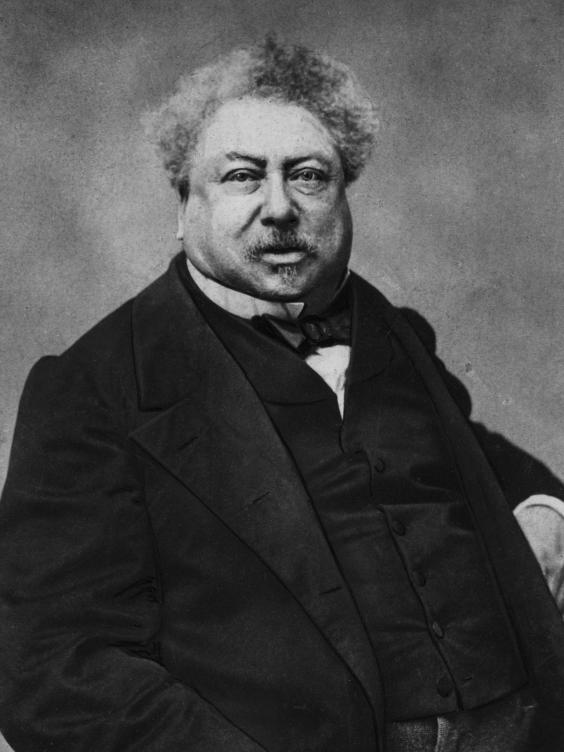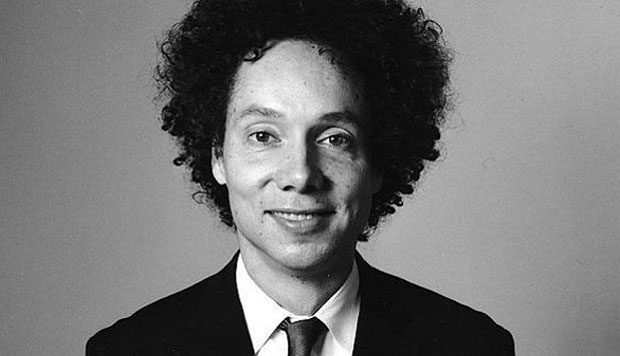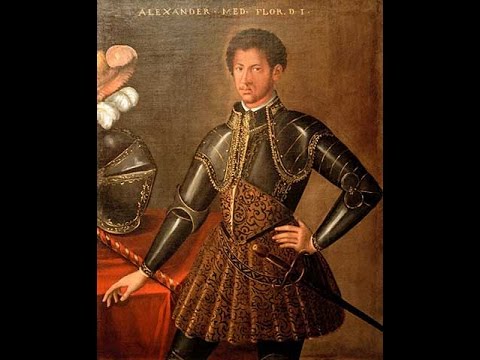
General Alexandre Dumas
Dumas is one of the unsung heroes of the French Revolution. He was born in what today is Haiti to a white aristocratic father, and a black slave mother. Dumas’ father took him to France to spend his childhood, where those of mixed race had more opportunities. In France, Dumas entered the military academy and eventually became a general. He went on to lead over 50,000 soldiers, allegedly single-handedly captured 13 prisoners, and fought in the French campaign to conquer Egypt. In the 1790s, Dumas was captured by Napoleon’s followers and thrown into a dungeon, where he was left for two years. He was eventually released, but that was the end of his military career. However, his exciting career inspired the novel, “The Count of Monte Cristo,” written by his son Alexandre, who also wrote “The Three Musketeers.”

Malcolm Gladwell
Best-selling author of “The Tipping Point,” “Blink,” “Outliers,” and “What the Dog Saw,” Malcolm Gladwell was born to a Jamaican mother and British father. Gladwell took no issue with his mixed heritage and in fact, found it to be great material for his writing. In his New Yorker stroy, “Black Like Them,” Gladwell extrapolated on the differences between American blacks and West Indians, making observations about his own family and upbringing including discrimination among his dark- and light-skinned ancestors.

Carol Channing
Carol Channing was already making a splash on Broadway in productions like “Gentlemen Prefer Blondes” and “Hello Dolly” when she discovered that her father was a light-skinned black man. Channing did not dwell on race issues, but went on to be a great gay rights activist. She rarely spoke during her life – or in her memoir “Just Lucky I Guess,” – about being of mixed race. However she did recall a time her mother warned her in an argument that her own children might come out black. Channing allegedly said she hoped they would.

Pete Wentz
The former member of American rock band Fall Out Boy was known for his signature look of stick-straight hair. It was only after his band dissolved that he began to let his natural hair show, and that hair was tight curls. This prompted rumors that Wentz might have black ancestors, and the rumors turned out to be true. Wentz’s family on his mother’s side is from Jamaica.

Soledad O’Brien
Viewers were confused when O’Brien debuted as the host of CNN’s “Black in America,” until they discovered the star anchorwoman is the daughter of a black Latina mother and a white Australian father. Although O’Brien grew up in a mostly white neighborhood, her parents told her she should identify as black. O’Brien has spent much of her career fighting for equal coverage for people of color in the media.

Queen Charlotte of England
The wife of British King George III descended from a Portuguese family who traced their ancestry back to a 13th-century ruler named Alfonso III, and his “Moor” mistress, Madragana. Some historians question these speculations, but scholar Mario de Valdes y Cocom quotes the queen’s personal physician as having said she had a “true mulatto face.”

Alexander Pushkin
Literary genius Pushkin was the great-grandson of an Ethiopian prince named Ibrahim Gannibal. Gannibal was relocated to Russia when he joined the army, which is how his grandson found roots there. Pushkin’s mixed ethnicity didn’t prove to be problematic, but he did have a turbulent life for other reasons: he wrote a lot about social reform and revolutions, and was eventually exiled by Russian authorities, later to be pardoned by Czar Nicholas.

Michael Fosberg
Action movie fans will know Fosberg from his roles in “Hard to Kill” and “The Presidio.” Fosberg played a white character in both of these films, and never thought he should fulfill any other role—he grew up in an upper-class family, with two seemingly white parents. But at the age of 32 he discovered his biological father (he’d been raised by his stepfather) was black. The discovery spurred Fosberg’s memoir, “Incognito: An American Odyssey of Race and Self-Discovery,” as well as further discoveries. He learned his grandfather had been chairman of the Science and Engineering Department at Norfolk State University, and his great-grandfather was a start pitcher for the Negro Leagues – U.S. professional baseball leagues predominantly made up of African Americans and, to a lesser degree, Latin Americans.
Alessandro de Medici
The Medici family played a major role in the Italian Renaissance. Not only did Alessandro patronize many of the greatest artists of the time, he was buried in a tomb designed by Michelangelo. Medici was the first black head of state in the Western World, but his ethnicity was rarely addressed. The prince was born to a black servant woman named Simonetta da Collavechio and 17-year-old Cardinal Giulio de Medici, who later became Pope Clement VII.


